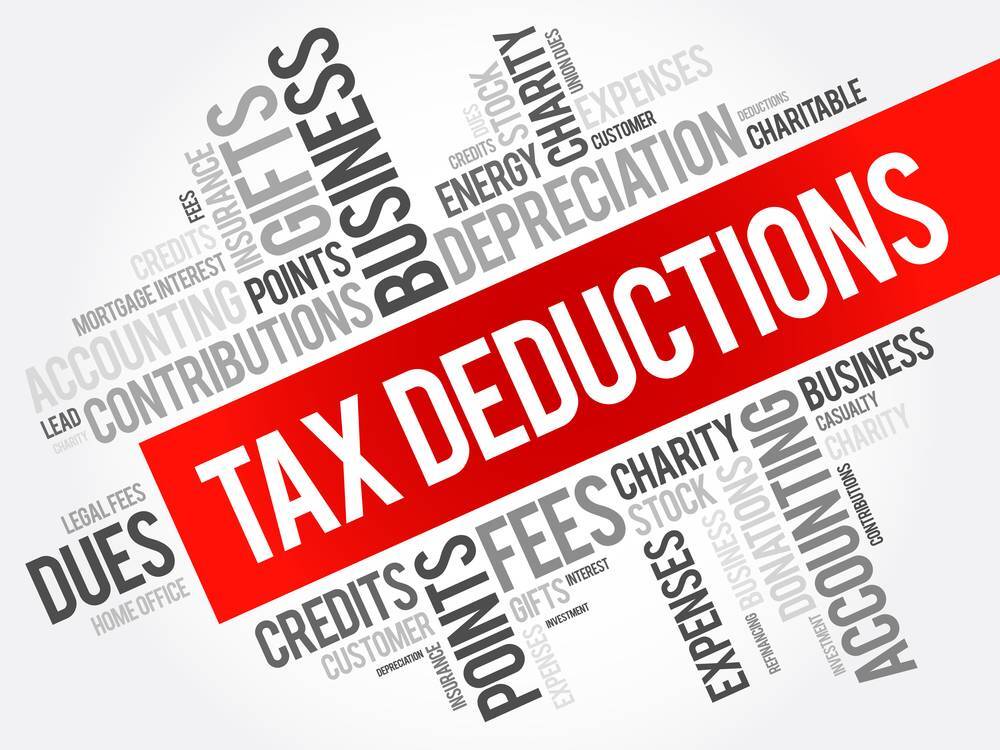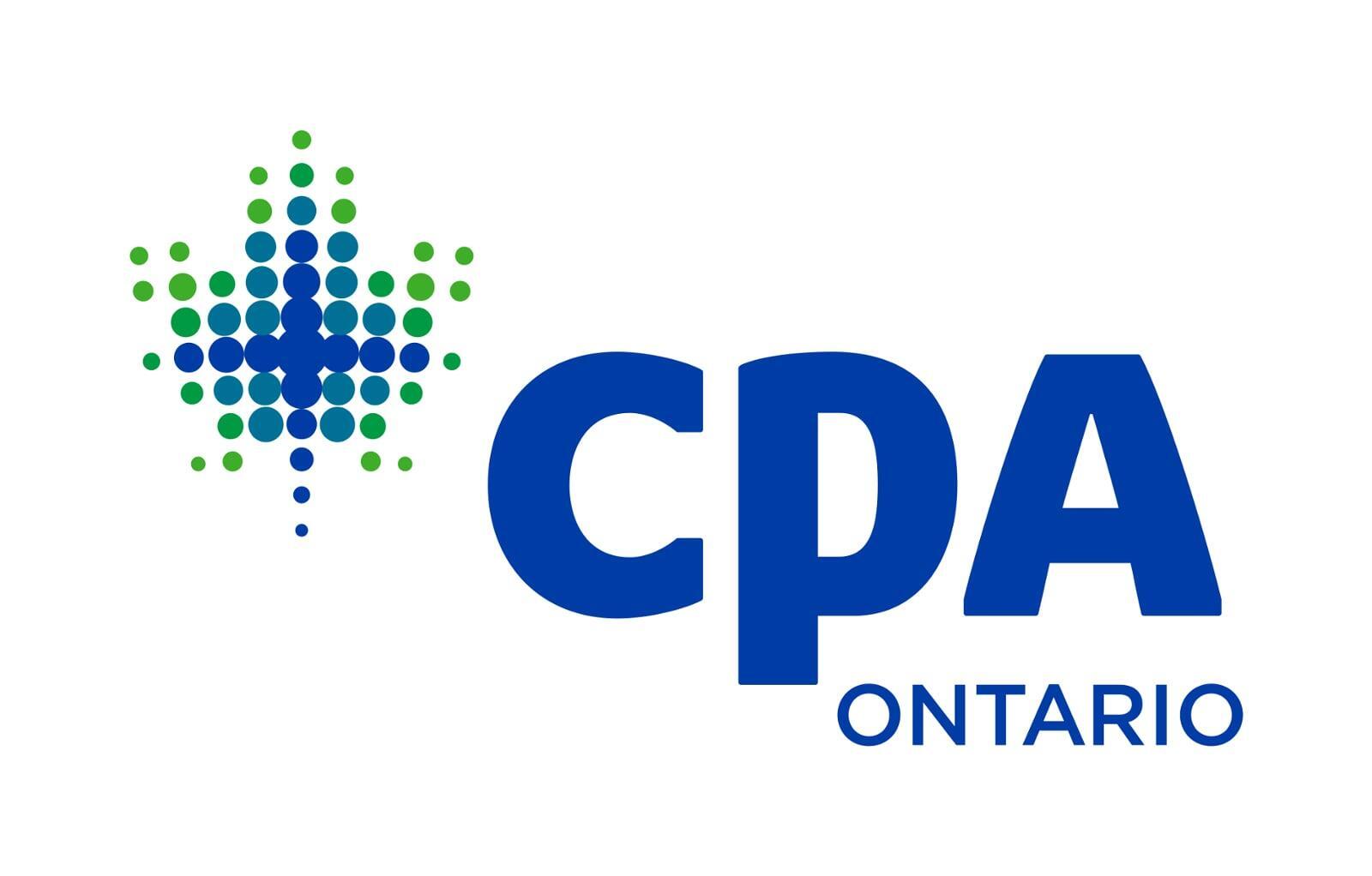The Growth of Canadian E-Commerce

Over the last decade, Canada has seen an incredible surge in e-commerce. Platforms like Shopify, headquartered in Ottawa, and global marketplaces like Amazon, Etsy, and Walmart Marketplace have lowered the barrier to entry for small entrepreneurs. It’s now common for Canadian sellers to run six-figure businesses directly from home.
With this growth, however, comes complexity. Sales tax compliance, foreign income reporting, and choosing the right business structure all play a massive role in long-term profitability. The days of treating an online store like a casual side hustle are over—today’s e-commerce sellers need to operate like corporations with proper tax and accounting strategies.

Why Incorporation Matters for Online Sellers
One of the first big steps for scaling e-commerce is deciding when to incorporate. Sole proprietors can start easily, but as sales grow, incorporation in Canada offers significant advantages:
- Tax efficiency: Corporations pay the small business tax rate (around 12.2% in Ontario on the first $500,000 of income), compared to personal rates that can exceed 40%.
- Limited liability: Incorporation separates personal and business risks, protecting the owner’s personal assets.
- Access to financing: Banks and lenders often prefer working with incorporated businesses, especially when inventory or expansion capital is needed.
- Strategic compensation: Owners can pay themselves in salary, dividends, or a hybrid—choosing the best method for taxes, CPP, and RRSP contribution room.
For e-commerce sellers, incorporation becomes especially valuable once annual profits exceed $50,000–$80,000, or when plans involve international expansion.
One of the first big steps for scaling e-commerce is deciding when to incorporate. Sole proprietors can start easily, but as sales grow, incorporation in Canada offers significant advantages:
- Tax efficiency: Corporations pay the small business tax rate (around 12.2% in Ontario on the first $500,000 of income), compared to personal rates that can exceed 40%.
- Limited liability: Incorporation separates personal and business risks, protecting the owner’s personal assets.
- Access to financing: Banks and lenders often prefer working with incorporated businesses, especially when inventory or expansion capital is needed.
- Strategic compensation: Owners can pay themselves in salary, dividends, or a hybrid—choosing the best method for taxes, CPP, and RRSP contribution room.
For e-commerce sellers, incorporation becomes especially valuable once annual profits exceed $50,000–$80,000, or when plans involve international expansion.

Understanding HST for E-Commerce
Taxes are often the first stumbling block for Canadian sellers, especially HST/GST. Here’s what every seller needs to know:
- The $30,000 Rule
If your total revenue (before expenses) exceeds $30,000 in any 12-month period, you must register for HST. This applies whether you’re selling clothing on Shopify, gadgets on Amazon, or handmade goods on Etsy. - Collecting the Correct Rate
Canada has different provincial tax rates. In Ontario, the rate is 13% HST, while Alberta has just 5% GST. Platforms like Shopify and Amazon can automate this, but settings must be reviewed carefully to avoid over- or under-collecting. - Input Tax Credits (ITCs)
Registered businesses can claim credits for HST paid on expenses like advertising, software subscriptions, and shipping costs. This reduces the amount remitted to CRA and protects margins.
Correct HST compliance not only avoids penalties but also ensures sellers don’t leave money on the table through missed input credits.
Taxes are often the first stumbling block for Canadian sellers, especially HST/GST. Here’s what every seller needs to know:
- The $30,000 Rule
If your total revenue (before expenses) exceeds $30,000 in any 12-month period, you must register for HST. This applies whether you’re selling clothing on Shopify, gadgets on Amazon, or handmade goods on Etsy. - Collecting the Correct Rate
Canada has different provincial tax rates. In Ontario, the rate is 13% HST, while Alberta has just 5% GST. Platforms like Shopify and Amazon can automate this, but settings must be reviewed carefully to avoid over- or under-collecting. - Input Tax Credits (ITCs)
Registered businesses can claim credits for HST paid on expenses like advertising, software subscriptions, and shipping costs. This reduces the amount remitted to CRA and protects margins.
Correct HST compliance not only avoids penalties but also ensures sellers don’t leave money on the table through missed input credits.
Foreign Income and Cross-Border Sales
E-commerce rarely stops at Canada’s border. Many Shopify and Amazon sellers generate significant revenue from the United States, Europe, and beyond. This introduces additional layers of accounting:
- Foreign Income Reporting
All income, no matter where it’s earned, must be reported on a Canadian tax return. Sellers often overlook U.S. payouts from Amazon.com or PayPal deposits, but CRA expects full disclosure. - Tax Treaties
Canada has agreements with many countries to prevent double taxation. For example, if U.S. withholding taxes are applied, Canadian corporations may claim foreign tax credits to offset. - Sales Tax Obligations Abroad
Some jurisdictions require sellers to register for local taxes (e.g., U.S. state sales tax, European VAT, UK VAT). In many cases, platforms like Amazon handle collection, but verification is essential.
Cross-border e-commerce can be profitable, but without careful planning, sellers risk both overpaying taxes and missing compliance deadlines.
E-commerce rarely stops at Canada’s border. Many Shopify and Amazon sellers generate significant revenue from the United States, Europe, and beyond. This introduces additional layers of accounting:
- Foreign Income Reporting
All income, no matter where it’s earned, must be reported on a Canadian tax return. Sellers often overlook U.S. payouts from Amazon.com or PayPal deposits, but CRA expects full disclosure. - Tax Treaties
Canada has agreements with many countries to prevent double taxation. For example, if U.S. withholding taxes are applied, Canadian corporations may claim foreign tax credits to offset. - Sales Tax Obligations Abroad
Some jurisdictions require sellers to register for local taxes (e.g., U.S. state sales tax, European VAT, UK VAT). In many cases, platforms like Amazon handle collection, but verification is essential.
Cross-border e-commerce can be profitable, but without careful planning, sellers risk both overpaying taxes and missing compliance deadlines.

Bookkeeping Foundations for E-Commerce Success
Behind every successful e-commerce corporation is strong bookkeeping. Unlike traditional businesses, online sellers process hundreds of small transactions, refunds, and platform fees every month. A few key strategies make a difference:
- Cloud-Based Accounting Systems
Tools like QuickBooks Online or Xero integrate with Shopify and Amazon, automatically pulling in sales and expense data. This reduces manual entry and ensures financials are accurate. - Inventory Management
Recording inventory properly is critical. Purchases should be capitalized and tracked as cost of goods sold (COGS) when sold, rather than expensed immediately. This gives a true picture of profitability and prevents CRA mismatches. - Monthly Reconciliation
Reconciling bank accounts, credit cards, and platform payouts every month prevents year-end surprises and strengthens cash flow forecasting.
Clean books not only prepare you for CRA reviews but also help you understand whether your business is actually profitable after marketing spend, shipping, and merchant fees.
Behind every successful e-commerce corporation is strong bookkeeping. Unlike traditional businesses, online sellers process hundreds of small transactions, refunds, and platform fees every month. A few key strategies make a difference:
- Cloud-Based Accounting Systems
Tools like QuickBooks Online or Xero integrate with Shopify and Amazon, automatically pulling in sales and expense data. This reduces manual entry and ensures financials are accurate. - Inventory Management
Recording inventory properly is critical. Purchases should be capitalized and tracked as cost of goods sold (COGS) when sold, rather than expensed immediately. This gives a true picture of profitability and prevents CRA mismatches. - Monthly Reconciliation
Reconciling bank accounts, credit cards, and platform payouts every month prevents year-end surprises and strengthens cash flow forecasting.
Clean books not only prepare you for CRA reviews but also help you understand whether your business is actually profitable after marketing spend, shipping, and merchant fees.

Common Deductions for Online Sellers
E-commerce owners often underutilize the deductions available to them. Typical categories include:
- Advertising & Marketing (Google Ads, Facebook/Instagram ads, influencer partnerships)
- Software & Subscriptions (Shopify, Amazon seller fees, Canva, email marketing tools)
- Home Office Expenses (if running operations from home, a portion of utilities, internet, and rent may qualify)
- Shipping & Packaging (couriers, customs fees, packaging supplies)
- Professional Fees (CPAs, lawyers, consultants)
By tracking these diligently, corporations can significantly reduce taxable income.
- Advertising & Marketing (Google Ads, Facebook/Instagram ads, influencer partnerships)
- Software & Subscriptions (Shopify, Amazon seller fees, Canva, email marketing tools)
- Home Office Expenses (if running operations from home, a portion of utilities, internet, and rent may qualify)
- Shipping & Packaging (couriers, customs fees, packaging supplies)
- Professional Fees (CPAs, lawyers, consultants)
By tracking these diligently, corporations can significantly reduce taxable income.

Owner Compensation Planning
Once incorporated, an important decision is how to pay yourself. Two main methods exist:
- Salary
- Deductible for the corporation
- Creates RRSP contribution room
- Contributes to CPP (Canada Pension Plan)
- Dividends
- Not deductible for the corporation
- Taxed at lower rates personally
- No CPP contributions, but simpler to administer
Many CPAs recommend a blended approach, balancing salary and dividends to minimize overall tax while supporting retirement savings.
Once incorporated, an important decision is how to pay yourself. Two main methods exist:
- Salary
- Deductible for the corporation
- Creates RRSP contribution room
- Contributes to CPP (Canada Pension Plan)
- Dividends
- Not deductible for the corporation
- Taxed at lower rates personally
- No CPP contributions, but simpler to administer
Many CPAs recommend a blended approach, balancing salary and dividends to minimize overall tax while supporting retirement savings.
Cash Flow and Tax Installments 
E-commerce corporations often face cash flow challenges due to inventory purchases and advertising costs. At the same time, CRA may require quarterly tax installments based on prior-year income. Failing to plan can create liquidity crunches.
To manage this:
- Forecast cash flow monthly.
- Set aside a portion of sales revenue specifically for taxes.
- Review installment requirements with your CPA.
Proper planning ensures sellers avoid interest charges and maintain funds for growth opportunities.
Advanced Strategies: Holding Companies & Expansion
As e-commerce businesses scale, advanced structures can offer new benefits: 
- Holding Companies (Holdcos)
Profits can be transferred tax-free from an operating company (Opco) to a Holdco. This protects retained earnings from business risks and allows for reinvestment in other ventures. - Income Splitting
Family members may be brought in as shareholders to distribute dividends, reducing overall household tax. This must be structured carefully to comply with Tax on Split Income (TOSI) rules. - SR&ED Credits
Businesses that invest in developing proprietary software, automation tools, or innovative logistics solutions may qualify for the Scientific Research & Experimental Development tax credit program.
These strategies require professional guidance but can provide substantial savings and security.
CRA Audits and Red Flags 
E-commerce is a growing audit focus for CRA. Some common triggers include:
- Large discrepancies between sales reported by platforms and tax returns
- High advertising expenses relative to revenue
- Repeated late HST filings
- Unreported foreign income
Maintaining accurate records, reconciling sales data, and working with a CPA ensures businesses are audit-ready.
Why Work With a CPA in London, Canada 
While software and apps simplify parts of e-commerce accounting, nothing replaces expert guidance. A CPA provides:
- Incorporation advice tailored to your growth trajectory
- HST compliance across multiple provinces
- Cross-border tax planning for U.S. and global sales
- Ongoing support through quarterly reviews and annual filings
For entrepreneurs in London, Ontario and across Canada, working with a CPA means focusing on sales and growth while staying compliant and tax-efficient.
Conclusion: Building a Scalable, Compliant E-Commerce Business
E-commerce has opened doors for Canadian entrepreneurs like never before. With platforms like Shopify and Amazon, it’s possible to grow a global business from your living room. But growth without strategy can be costly.
By incorporating at the right time, managing HST properly, tracking foreign income, and working with professional accountants, sellers set themselves up for sustainable success.
At Bhundhoo Tax Professional Corporation, we specialize in supporting e-commerce entrepreneurs. Whether you’re just launching your Shopify store or scaling an Amazon FBA operation, our team helps you stay compliant, reduce taxes, and plan for long-term growth.
